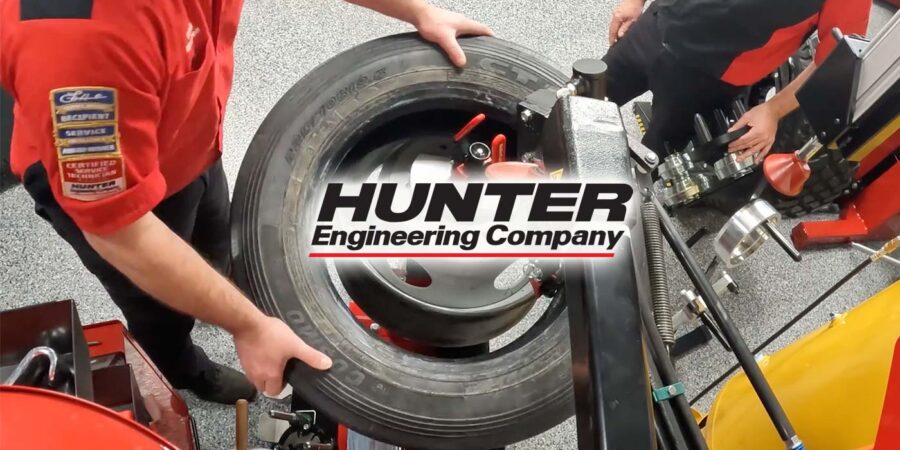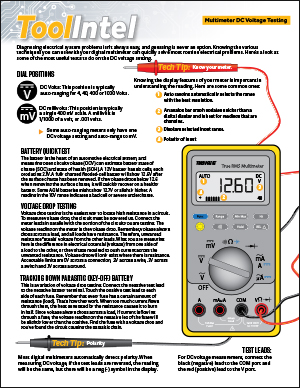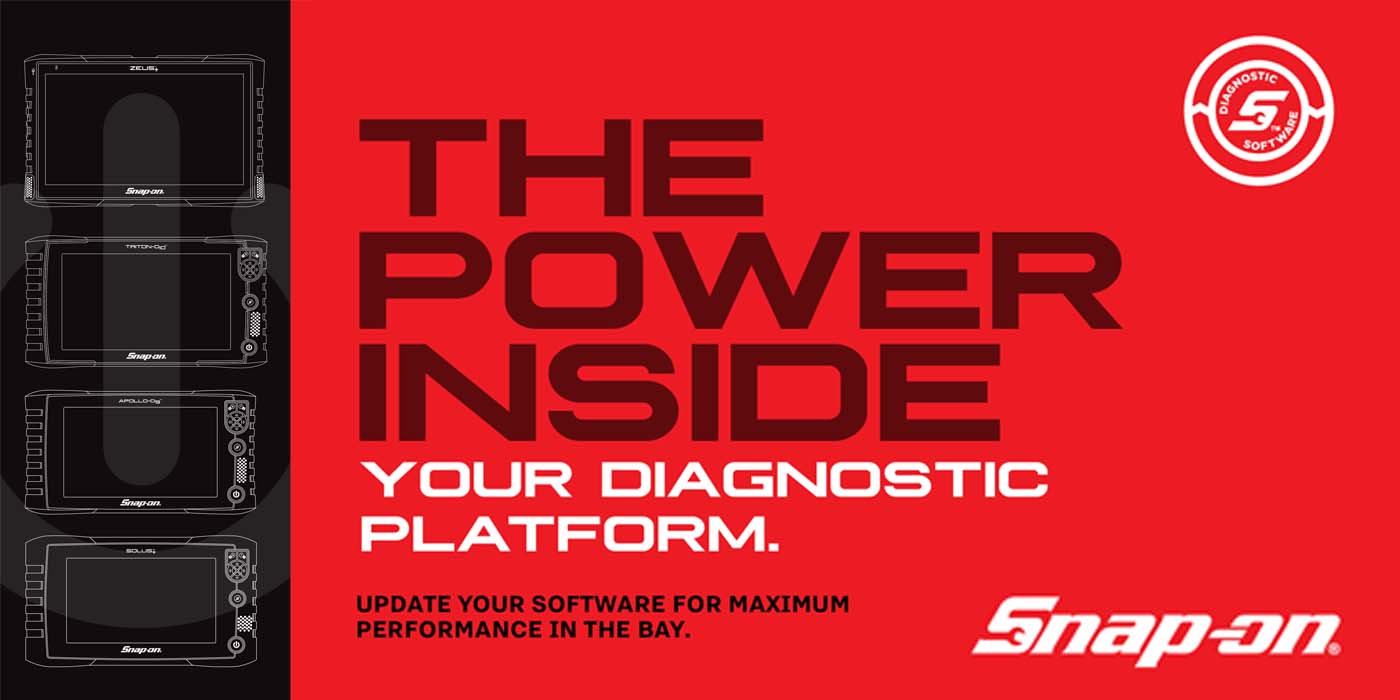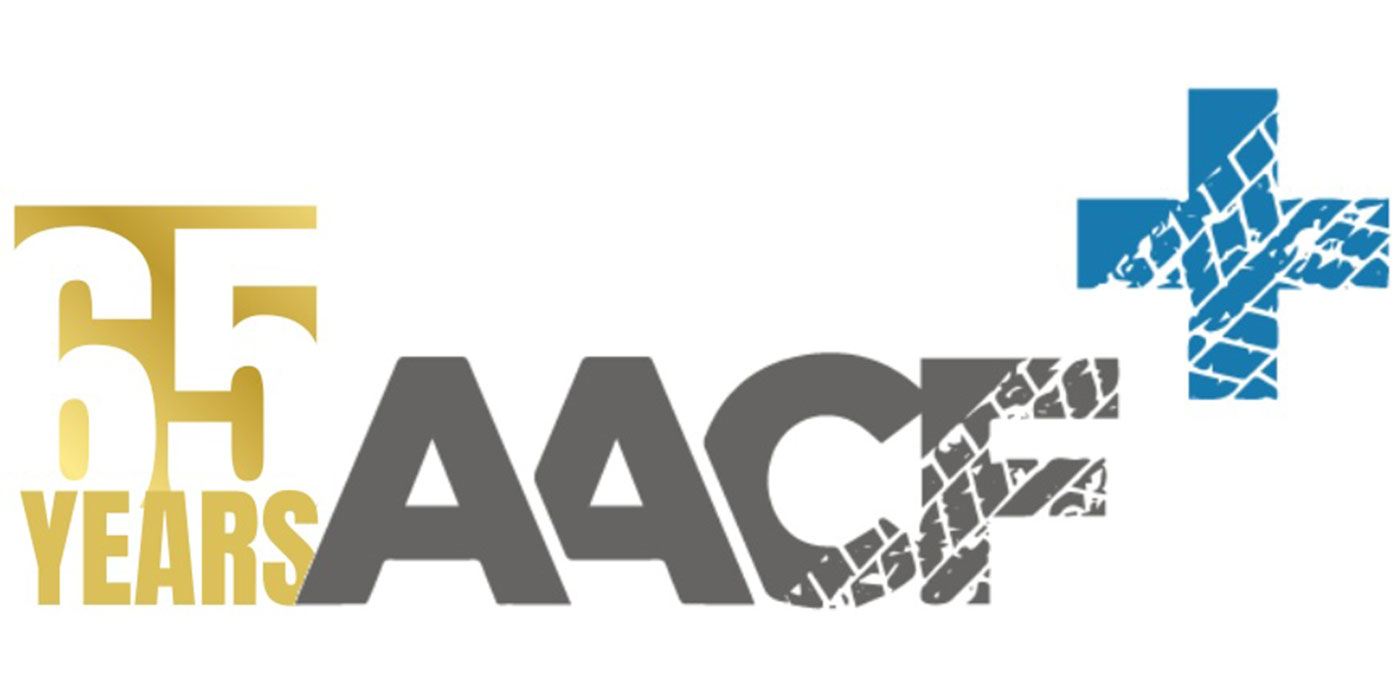Affected Vehicles:
• Ford: 2000 Contour; 2000-’02 Escort; 2000-’03 Escort ZX2; 2000-’04 Crown Victoria, Focus, Mustang, Taurus; 2002-’04 Thunderbird; 2000-’03 Windstar; 2000-’04 Econoline, Excursion, Expedition, Explorer, F-Super Duty, Ranger; 2001-’04 Escape; 2004 Freestar; and 2000-’04 F-Series.
• Lincoln: 2000-’02 Continental; 2000-’04 LS, Town Car, Navigator; 2002-’03 Blackwood; 2003-’04 Aviator.
• Mercury: 2000 Mystique; 2000-’02 Cougar; 2000-’04 Grand Marquis, Sable, Mounaineer; 2004 Monterey.
This article is intended to aid in diagnosing DTCs P0171, P0174, P1130, P1131, P1150, P1151, P2195 or P2197 (system lean or lack of HEGO switches) when a vacuum leak is present. HEGO sensors, MAF sensors and PCM replacements are not an effective repair when a vacuum leak is causing the above DTCs.
Perform the following inspection/repairs when the above codes are found in memory. This procedure provides instructions on how to make comparisons of the total fuel corrections (using a scan tool or equivalent) at idle and high rpm to help determine if a vacuum leak is the root cause of the DTCs.
Service Procedure
Note: Freeze-frame and adaptive fuel values (associated with LONGFT PID) will not be available if a KAM or OBD II reset was recently performed.
Note: Freeze-frame data will indicate the engine and ambient conditions when the DTC was set. These are important because the vacuum leaks may occur only within specific temperature ranges and must be duplicated to detect the leak.
Note: Fuel trims at idle are particularly sensitive to vacuum leaks since the unmetered air “leakage flow” is a higher percentage of total air flow at idle than at part throttle. The barometric pressure (BP) PID is not recommended to view when diagnosing a vacuum leak. BP is an inferred PID calculated during higher engine loads.
1. Perform the preliminary inspection, retrieve and record DTCs and freeze-frame data. Do not perform the KAM reset or OBD II reset (clear codes) at this time, adaptive fuel tables must be intact for this procedure.
a. If DTCs are continuous or if other DTCs or drive symptoms are present other than at idle, diagnose and repair those codes/symptoms first.
b. Perform a visual inspection — look for disconnected/broken/cracked vacuum hoses especially near vacuum trees. Check the PCV elbows for cracks or loose connection. Confirm the vehicle has the correct PCV valve installed. If a suspect vacuum leak is found, proceed to step 4.
Note: Each vehicle application requires a PCV valve calibrated for that vehicle. Motorcraft parts are strongly recommended. Also, there will be a normal variation in fuel trims from vehicle to vehicle.
2. Determine if a vacuum leak is present.
a. Set up the scan tool to monitor the following PIDS: ECT/CHT, LONGFT1, LONGFT2, SHRTFT1, SHRTFT2, IAT.
b. Start the engine and run at idle with all accessories off, and the gear level in Neutral/Park.
c. Run the engine until ECT/CHT matches the corresponding freeze-frame data from step 1. This will duplicate the customer’s engine operating temperatures when the DTC was set in memory. The hood may remain open during this test to help reduce ECT/CHT/IAT temperatures. Keep IAT below 115° F (46° C).
d. Record LONGFTs and SHRTFTs.
Note: To prevent high ECT/CHT and IAT temperatures, it may be necessary to perform this test with the engine running for short intervals, especially when ambient temperature is above 85° F (29° C). Use of a garage fan will help to keep engine temperatures stabilized during the test. It may be necessary to run this test at specific ECT/CHT/IAT temperatures, review freeze-frame data. For example, if ECT was at 160° F (71° C), then the engine may need a cold start to duplicate this temperature.
e. Determine the total fuel correction at idle for an inline four-cylinder engine or bank 1 of a V-engine by adding LONGFT1 and SHRTFT1. Determine the total fuel correction for bank 2 of a V-engine by adding LONGFT2 and SHRTFT2.
Note: Make sure only the correct banks and trims are added together. A typical vacuum leak, which may set a lean code DTC, will have total correction of around +20% or greater at or near idle (depending on calibration).
f. Depress and hold the throttle pedal to maintain an engine rpm of 2,500.
g. Observe PIDs with the engine rpm at 2,500. View and record LONGFT1, LONGFT2, SHRTFT1 and SHRTFT2. Don’t hold the engine rpm at 2,500 for more than 20 seconds. Release the pedal and repeat if more time is necessary to record the PIDs.
h. Determine total fuel correction at 2,500 rpm by adding the LONGTs to the associated SHRTFTs.
i. If the fuel correction decreases more than 15%, then a vacuum leak is most likely causing the lean diagnostic test codes. Proceed to step 3.
j. If the total correction remains approximately the same, then the lean condition is not caused by a vacuum leak. Refer to the PC/ED for further diagnostics.
3. Pinpointing vacuum leaks.
a. Monitor SHRTFTs with the scan tool with the engine running at idle.
b. Locate vacuum trees off the air induction system and PCV system. Use a hose clamp or pinch off pliers (avoid tools with sharp edges).
Note: Use caution when clamping hoses. A vacuum cap or equivalent can also be used to block the vacuum source to a specific system. Don’t try to pinch off a hard plastic hose or connection, try isolating it by capping. Clamping of the fuel system purge hose may shift SHRTFT during purging modes, use visual inspection on this hose if results aren’t consistent.
c. Observe short fuel trims when pinching specific vacuum lines. The SHRTFT values should decrease more than 15% toward the negative direction, if a vacuum leak was pinched off. (Wait up to 20 seconds to observe if the pinch has any effect on SHRTFTs.)
Example: Pinch off the brake booster vacuum hose (do this only in Park) and observe SHRTFTs. If the SHRTFTs decrease by more than 15%, a vacuum leak is present. If the SHRTFT1 was at +14% before pinching then shifts to -7% after pinching, total shift of 21% toward the negative direction.
d. If vacuum leak is located, proceed to step 4.
Note: Intake gaskets or manifold leaks cannot be detected by pinching off lines. Use other leak detection methods, such as smoke test, sonic tests and propane.
e. If no vacuum leaks are found, refer to the PC/ED for further diagnostics.
4. Verification of repair.
a. Prepare the scan tool and vehicle to monitor SHRTFTs.
b. Get the vehicle into stabilized idle condition, unless freeze-frame indicates other temperatures.
c. Repair the vacuum leak.
d. SHRTFTs should decrease by at least 15%. If they don’t, return to step 2.
e. Clear KAM and codes.
Technical service bulletin courtesy of Mitchell 1.
For more information on Mitchell 1 products and services, automotive professionals can log onto the company’s website at www.mitchell1.com.














